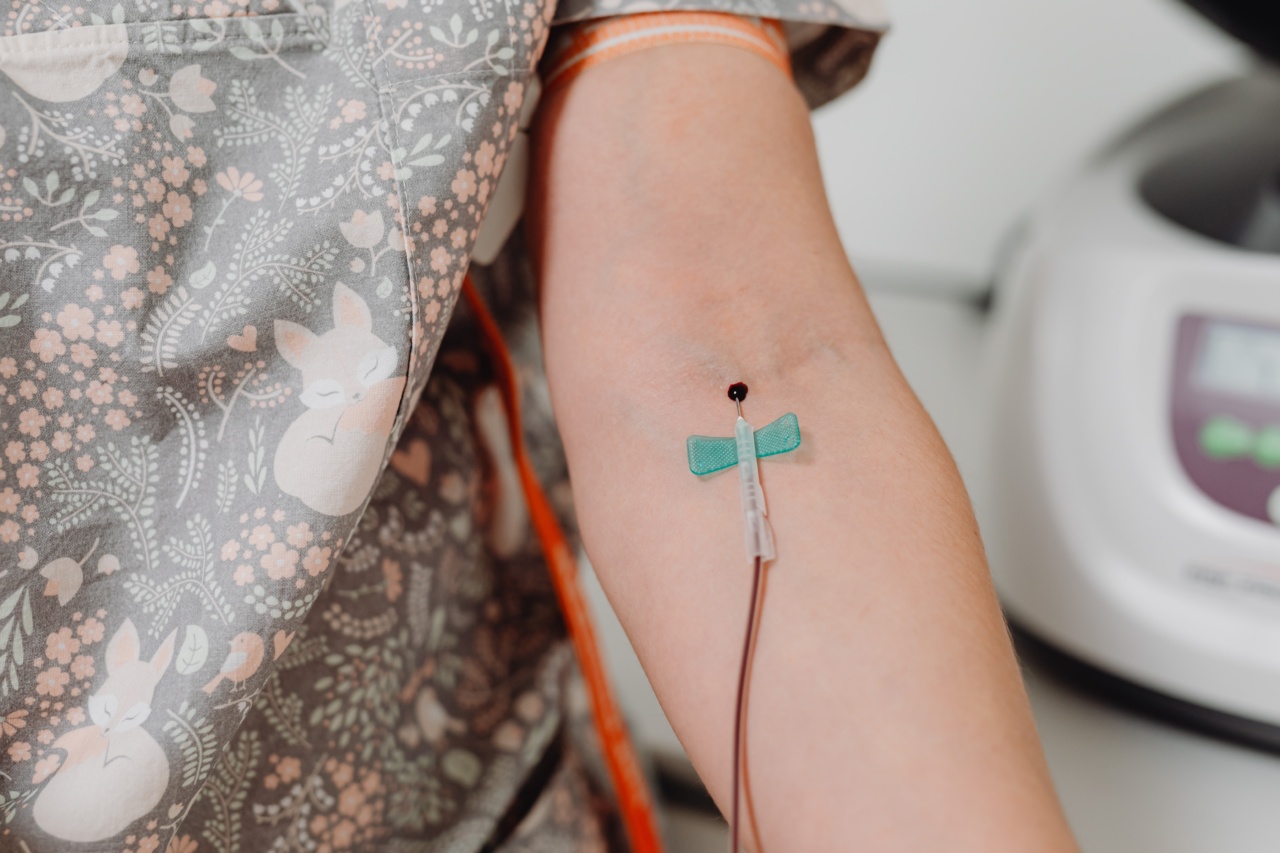Venous thromboembolism (VTE) is a condition characterized by the formation of blood clots within the veins. It includes two major manifestations: deep vein thrombosis (DVT) and pulmonary embolism (PE).
DVT occurs when a blood clot forms in the deep veins, typically in the legs or pelvis, while PE occurs when a clot breaks loose and travels to the lungs, causing a blockage. VTE is a significant health concern globally, affecting millions of individuals each year.
Understanding VTE
VTE is a potentially life-threatening condition that requires prompt medical attention. The risk factors for VTE are numerous and can be categorized into three main groups: acquired risk factors, inherited risk factors, and clinical risk factors.
Acquired risk factors include hospitalization, surgery, trauma, immobility, pregnancy, and the use of estrogen-containing medications such as oral contraceptives. Inherited risk factors are genetic conditions that predispose individuals to blood clotting disorders, such as factor V Leiden mutation or deficiencies in antithrombin, protein C, or protein S.
Clinical risk factors encompass conditions like cancer, heart failure, obesity, and chronic kidney disease.
Prevalence of VTE
The prevalence of VTE varies across different populations and can differ based on the presence of various risk factors. In the general population, the annual incidence of VTE is estimated to be between 1 and 3 cases per 1000 individuals.
However, this number substantially increases with advancing age, with the incidence rising to approximately 1 case per 100 persons aged 80 years or older. Additionally, certain medical conditions and procedures significantly elevate the risk of VTE. For example, orthopedic surgeries, such as hip or knee replacements, increase the risk of VTE by up to 20-fold.
Impact on Morbidity and Mortality
VTE is associated with significant morbidity and mortality. When left untreated, DVT can lead to chronic venous insufficiency, a condition characterized by leg swelling, pain, and ulcers.
PE, on the other hand, is responsible for numerous deaths worldwide. Estimates suggest that approximately 10% of individuals with untreated PE die within the first hour of symptom onset. Furthermore, VTE is often responsible for long hospital stays and increased healthcare costs.
Prevention and Treatment Strategies
Preventing VTE is a crucial aspect of patient care, particularly in high-risk individuals.
Various preventive measures can be employed, including pharmacological interventions such as anticoagulant medications or mechanical interventions such as compression stockings or intermittent pneumatic compression devices. These strategies aim to reduce blood clot formation and prevent clot migration.
For individuals already diagnosed with VTE, prompt treatment is essential. The mainstay of treatment is the use of anticoagulant medications, which help thin the blood, prevent clot growth, and reduce the risk of recurrence.
In severe cases, invasive procedures may be necessary, such as thrombolytic therapy or surgical removal of the clot.
Conclusion
Venous thromboembolism is a significant and prevalent condition affecting millions of individuals worldwide. Prompt recognition, prevention, and treatment are crucial in order to mitigate the associated morbidity and mortality.
Healthcare providers should remain vigilant in identifying individuals at risk, implementing appropriate preventive measures, and promptly treating those affected by this condition to optimize patient outcomes.



























